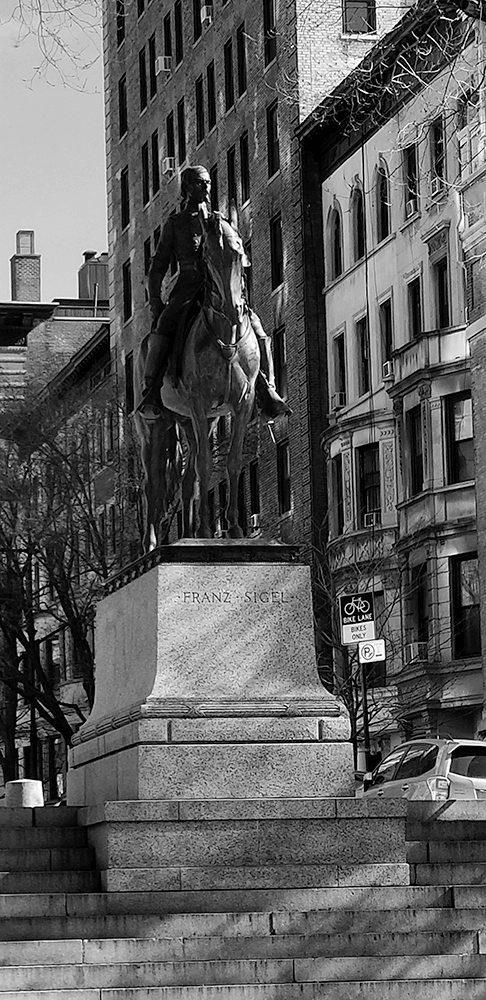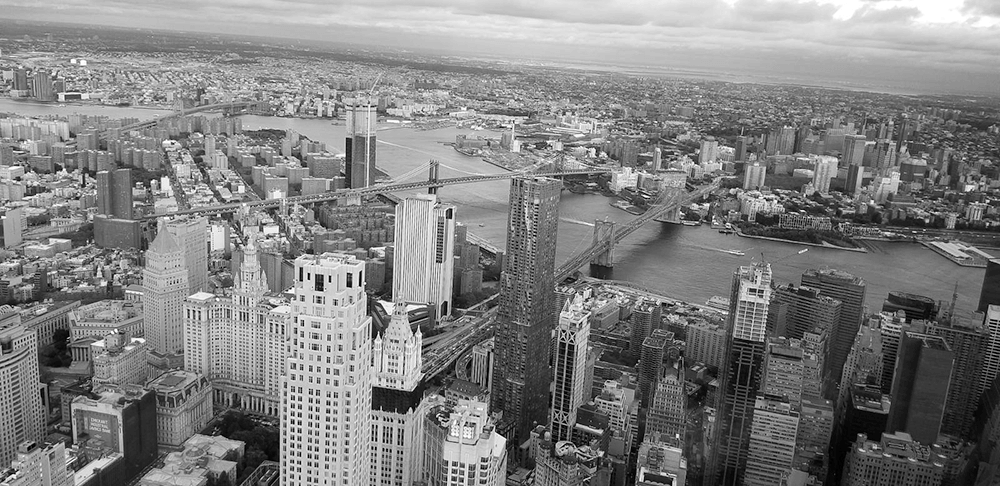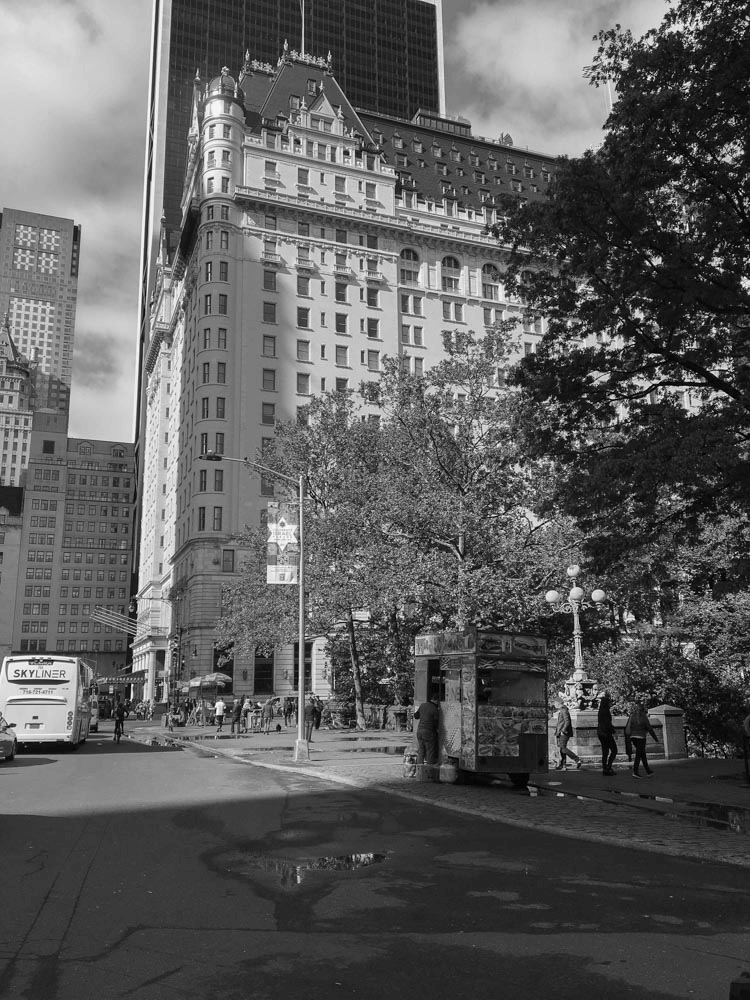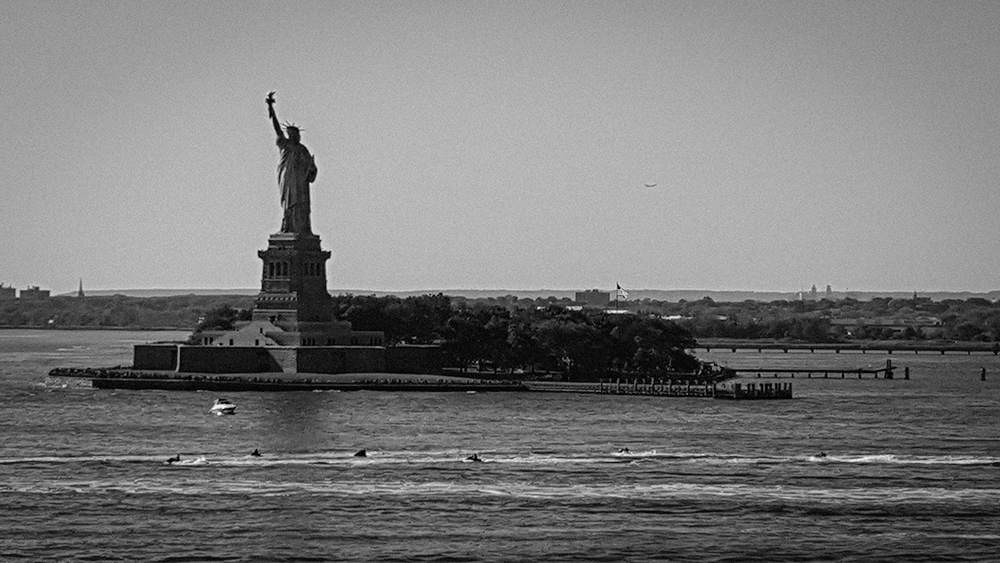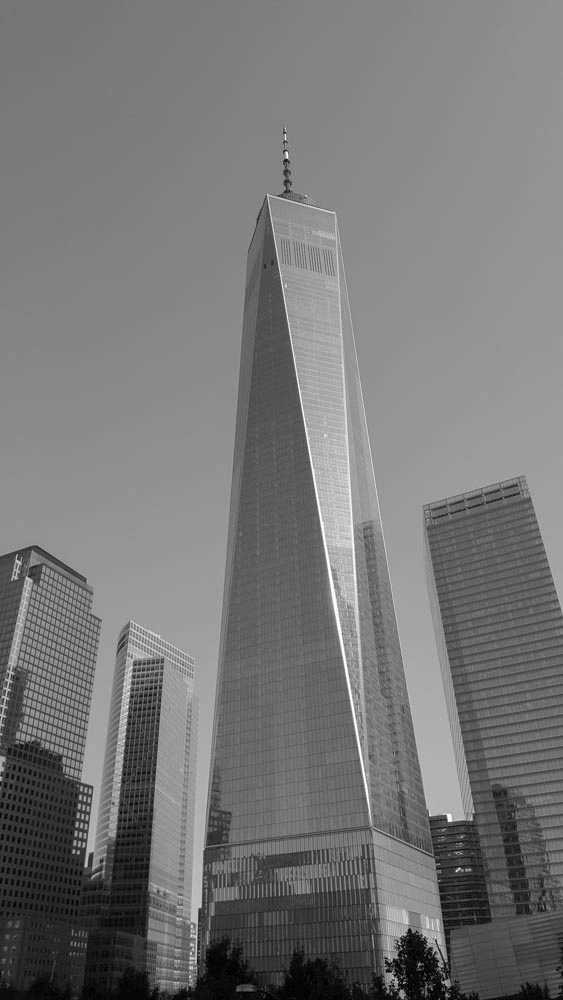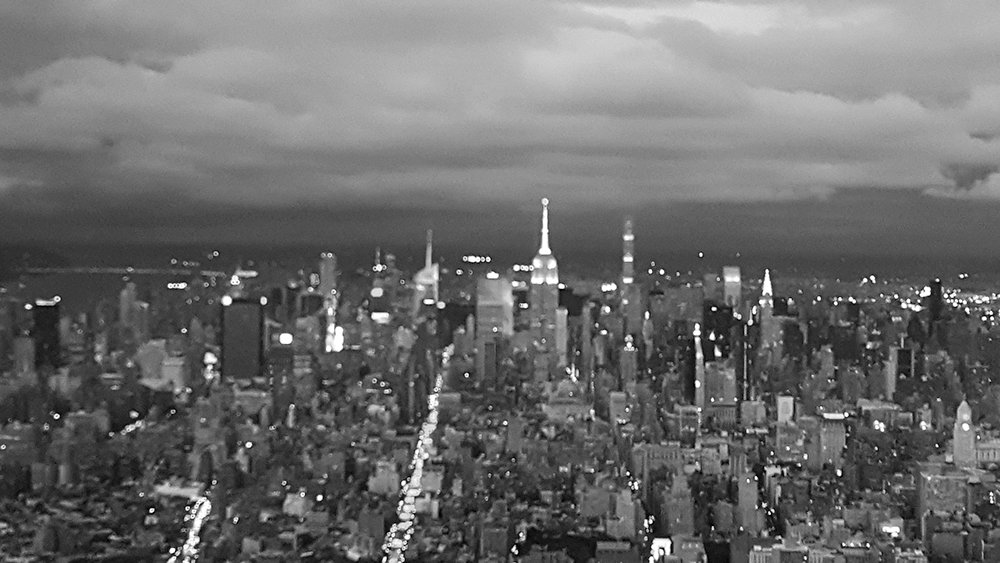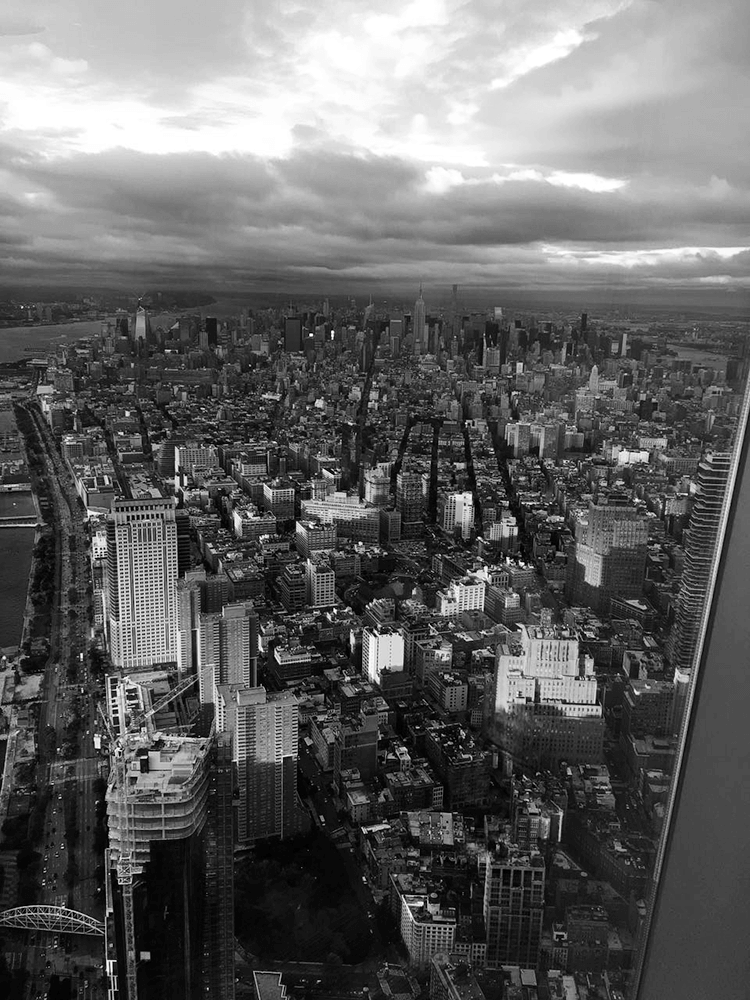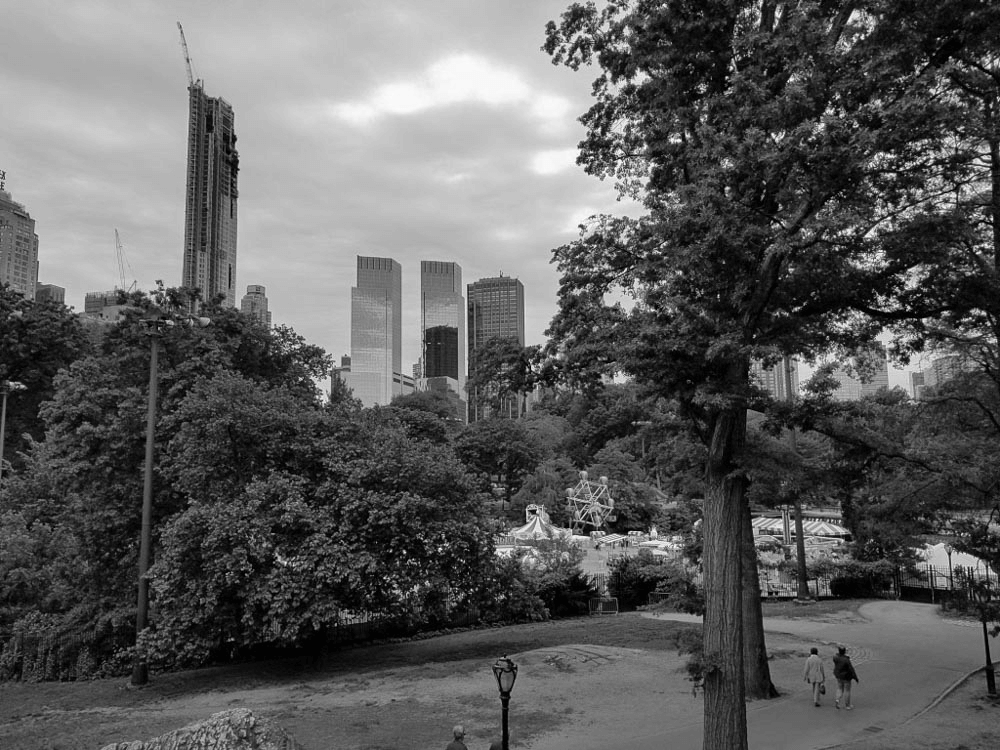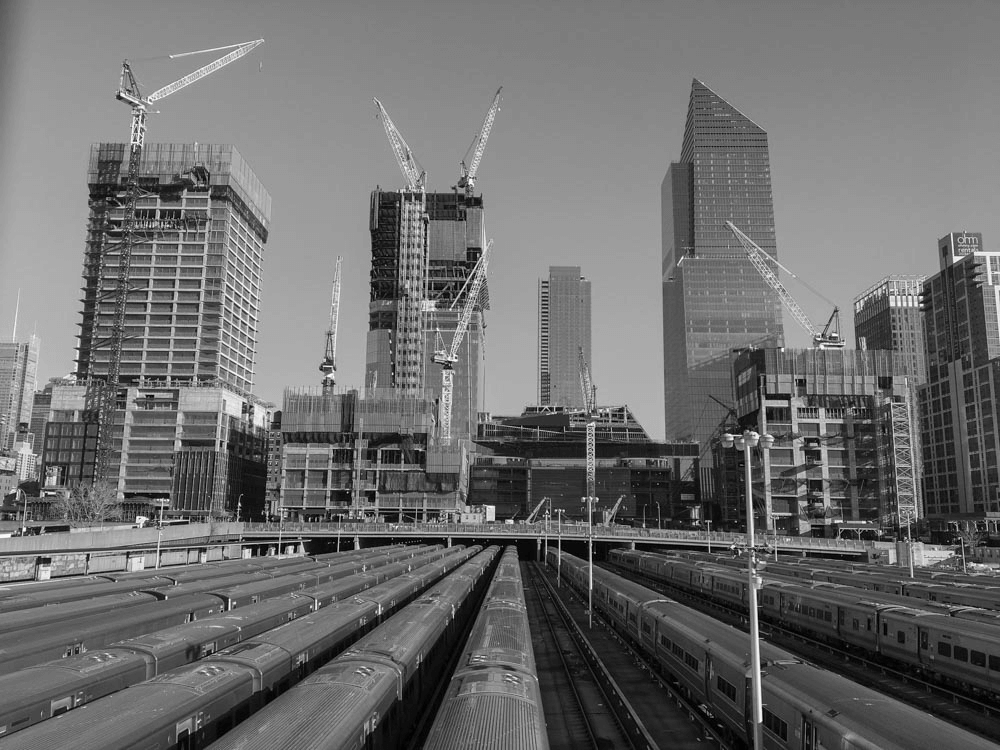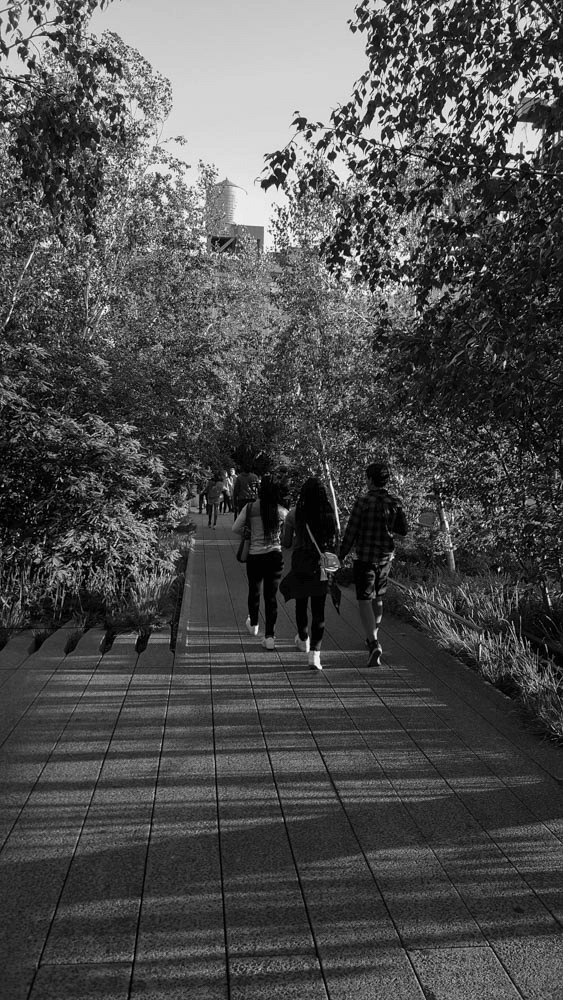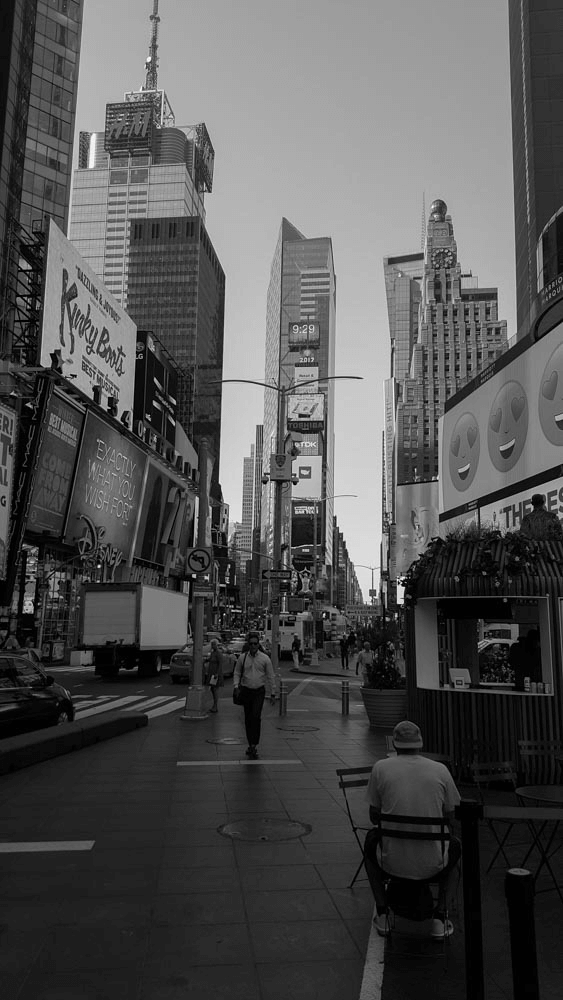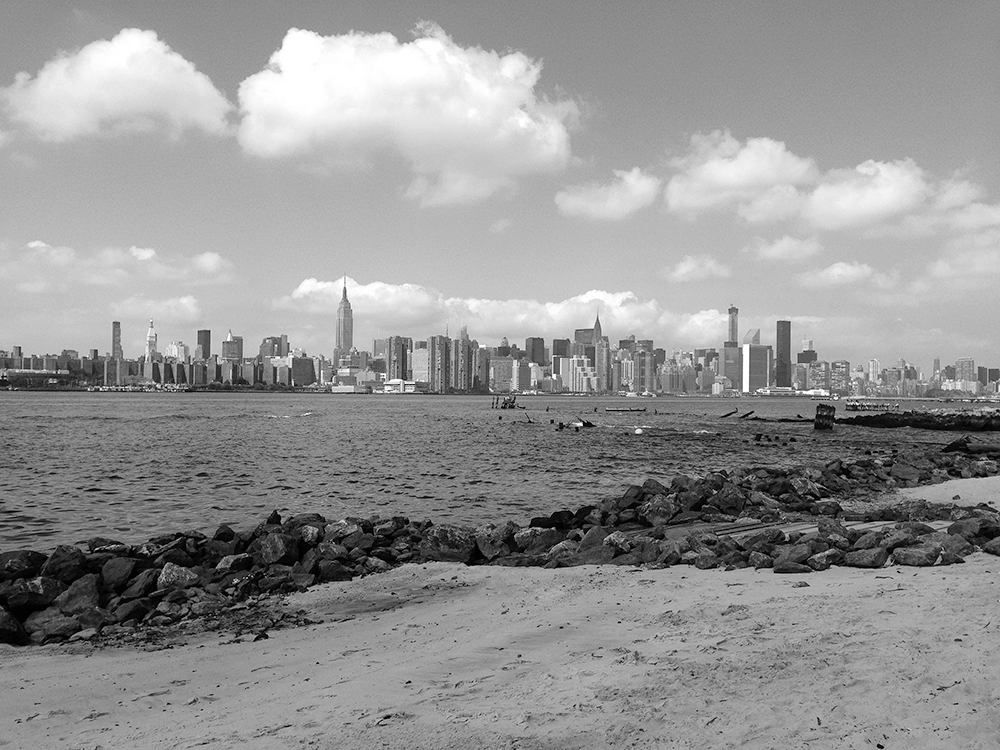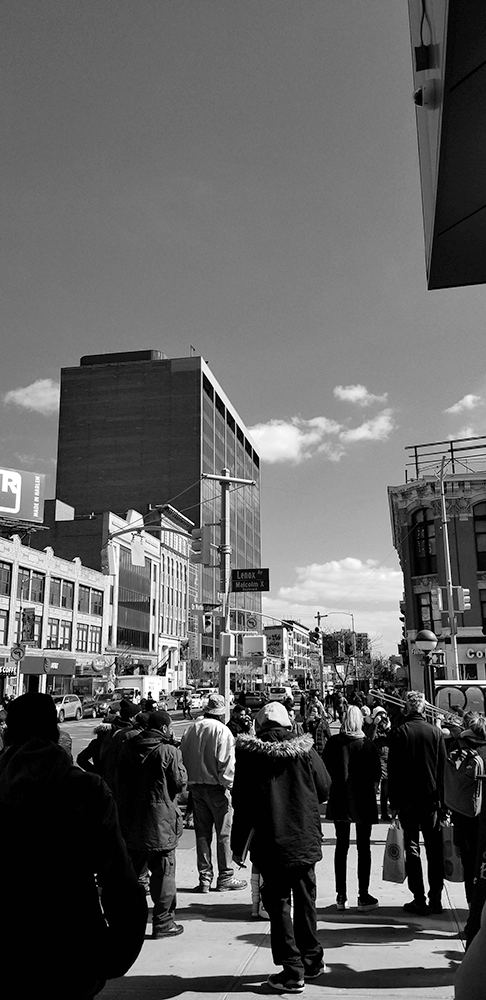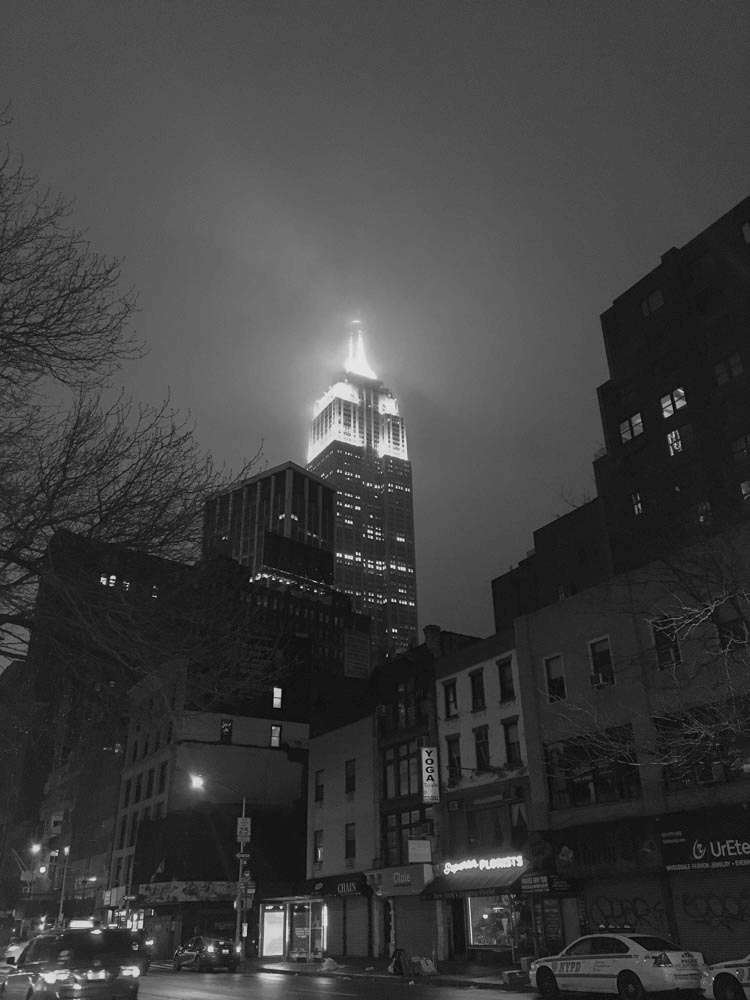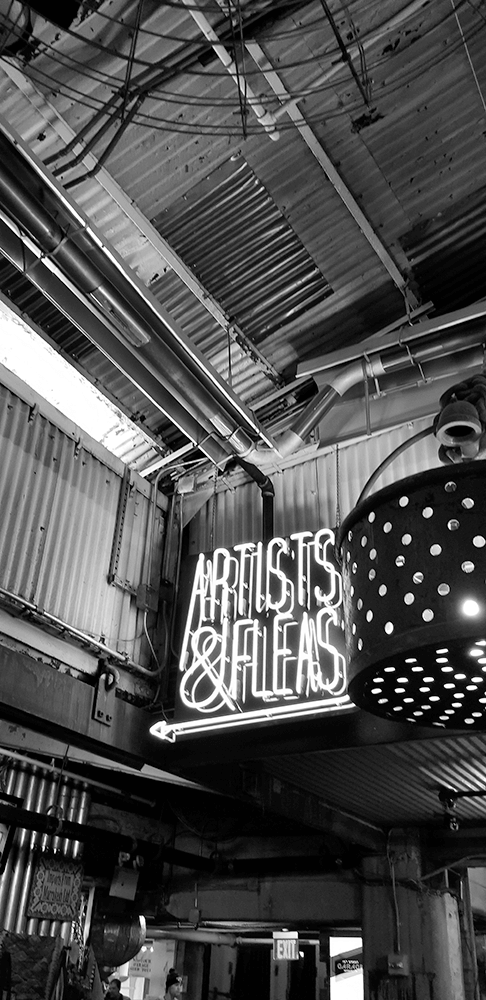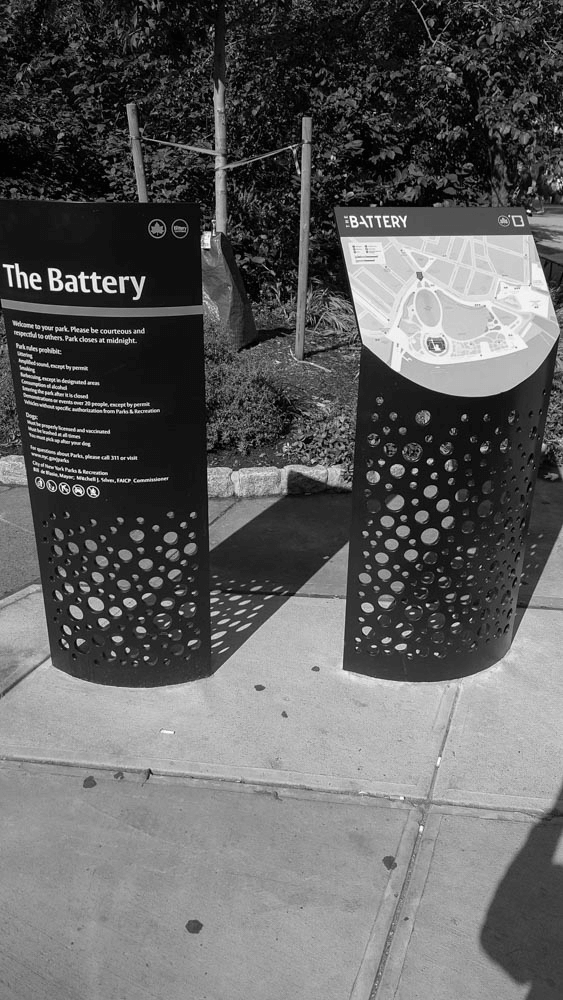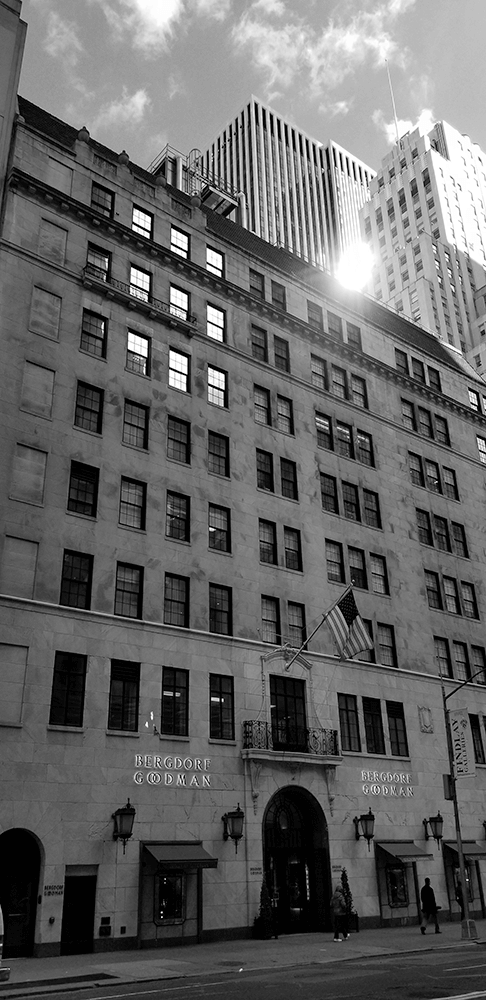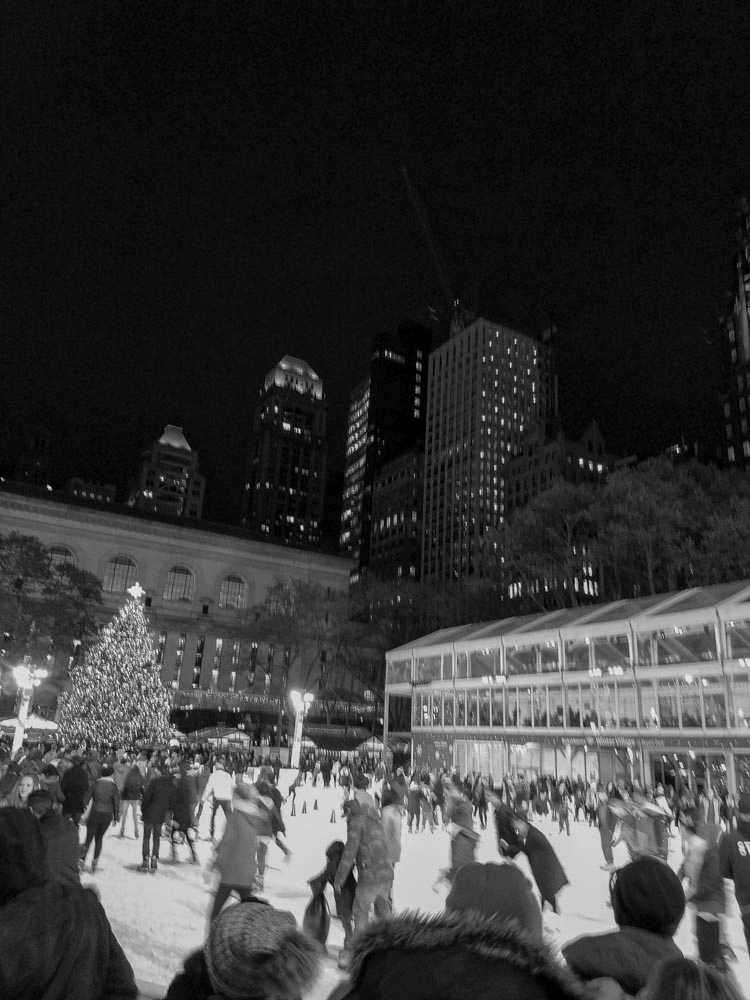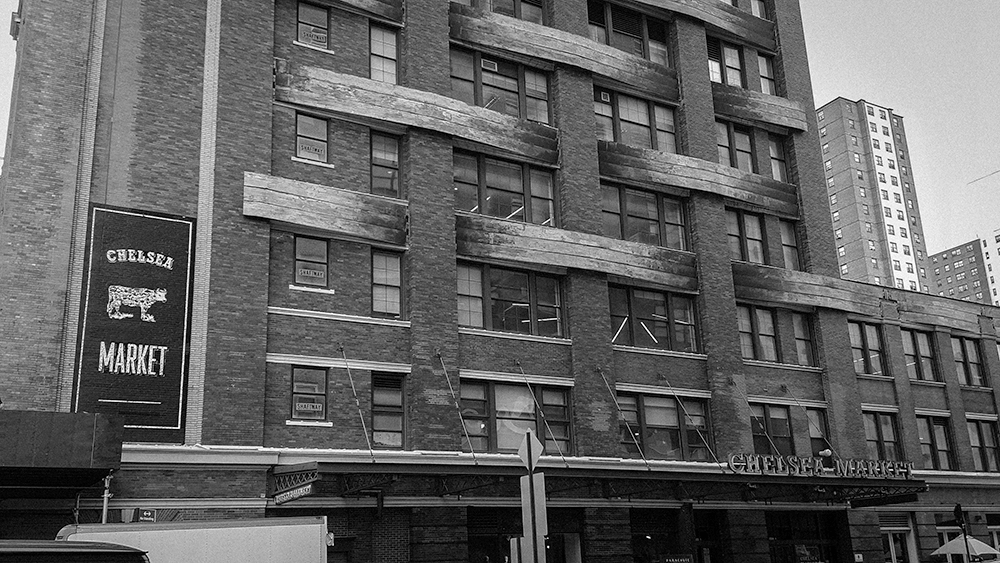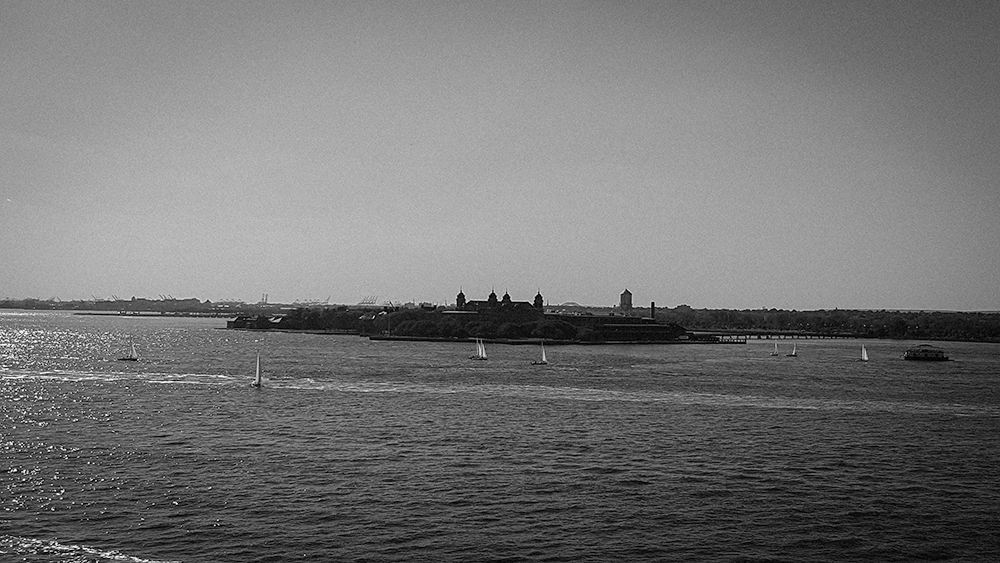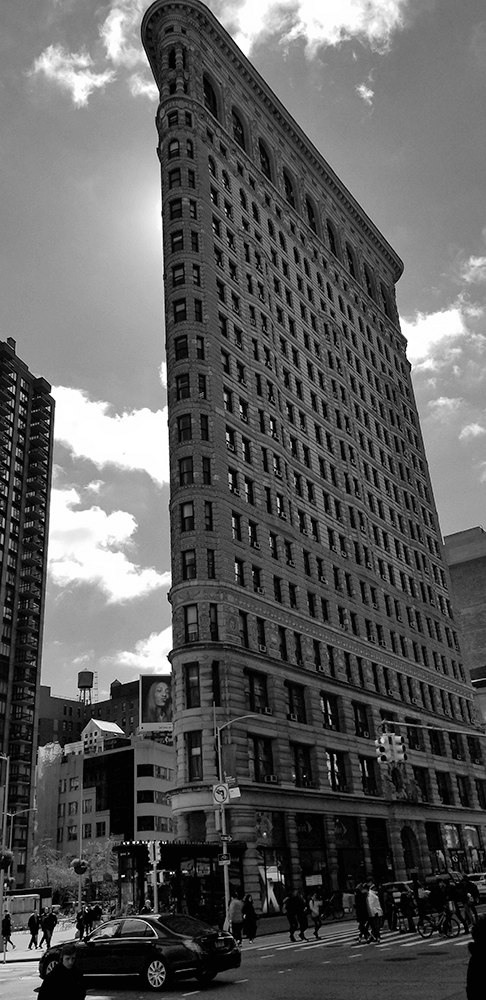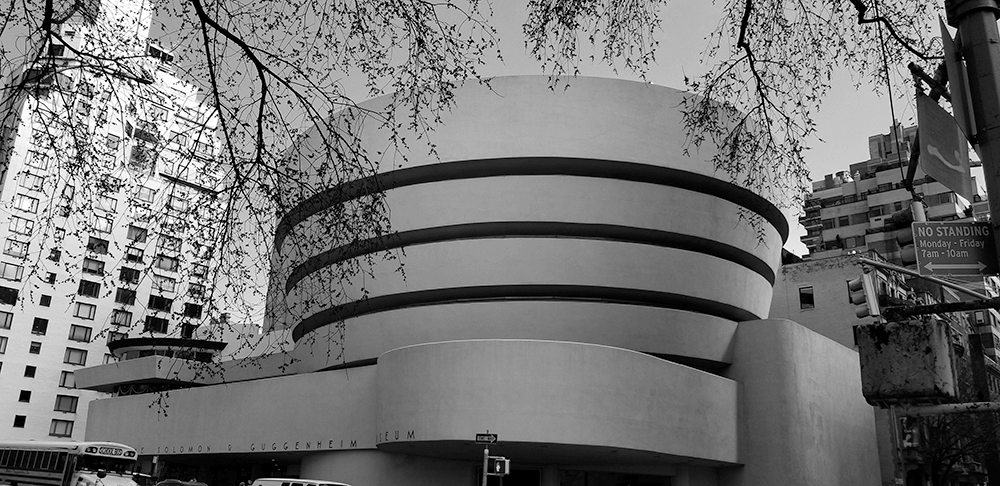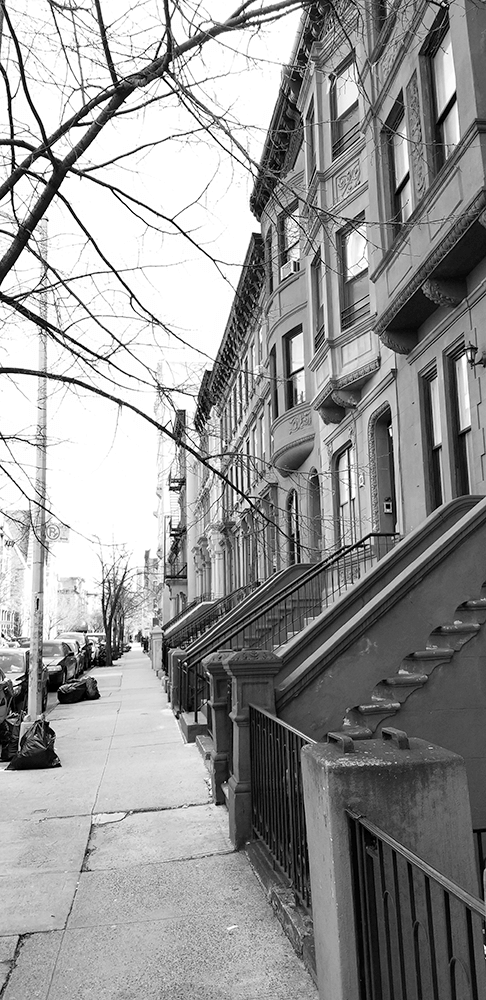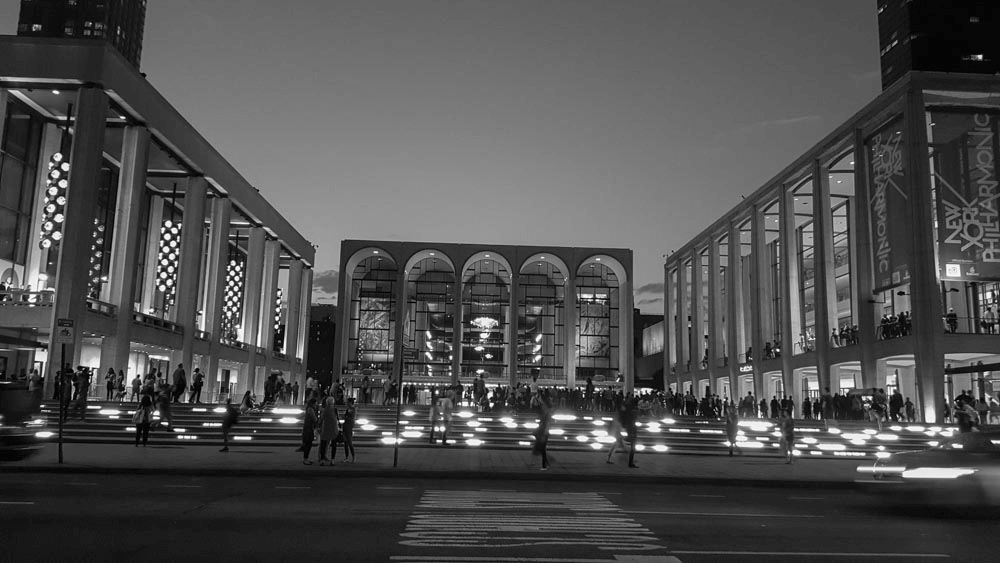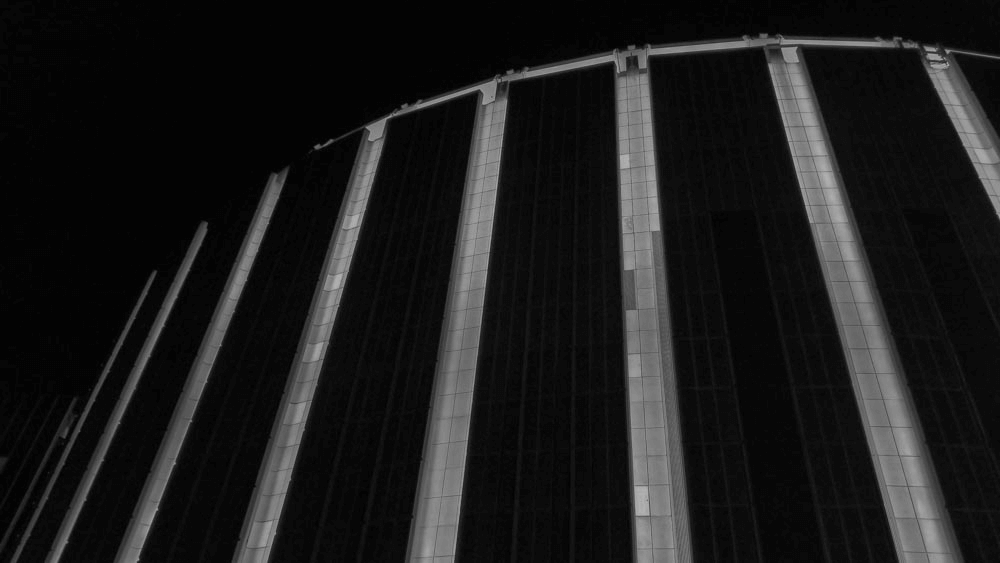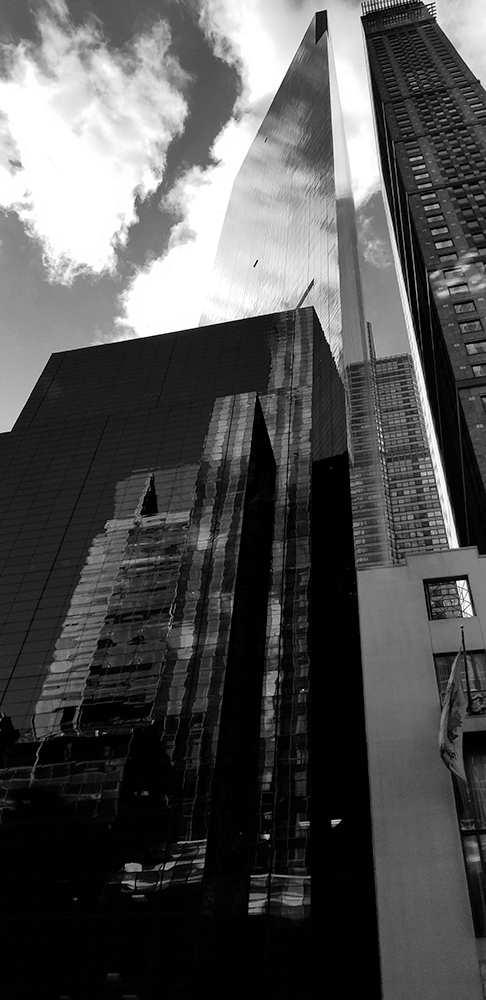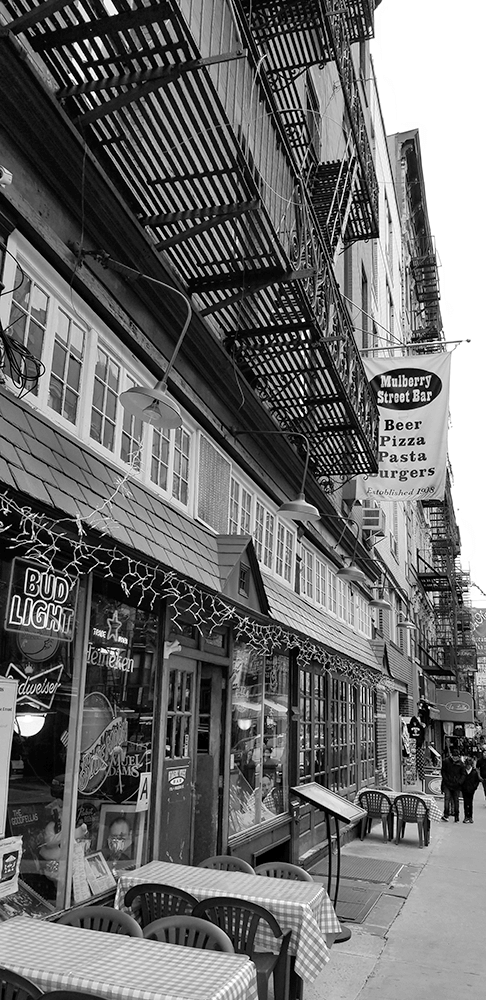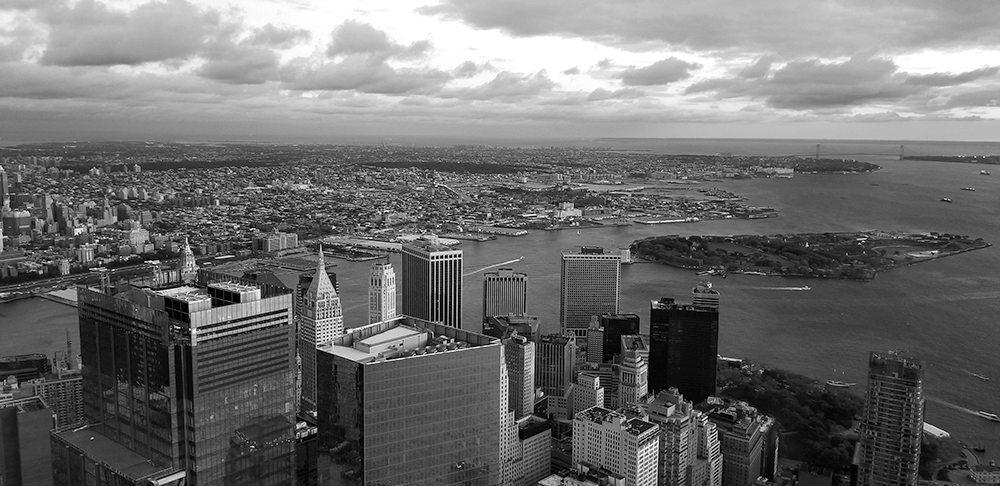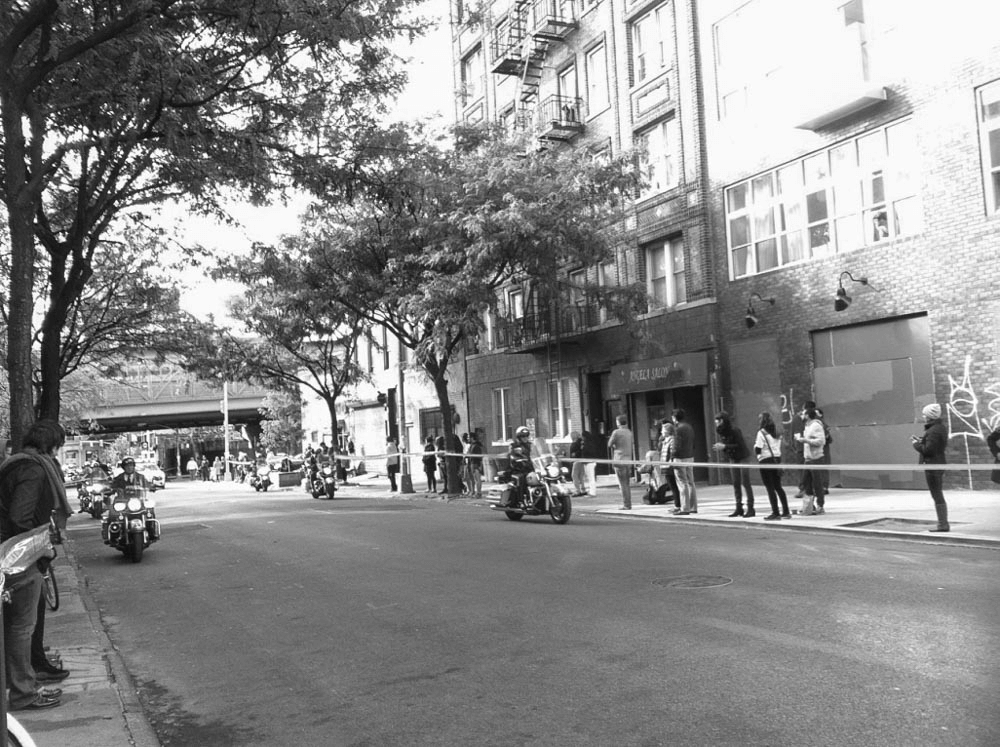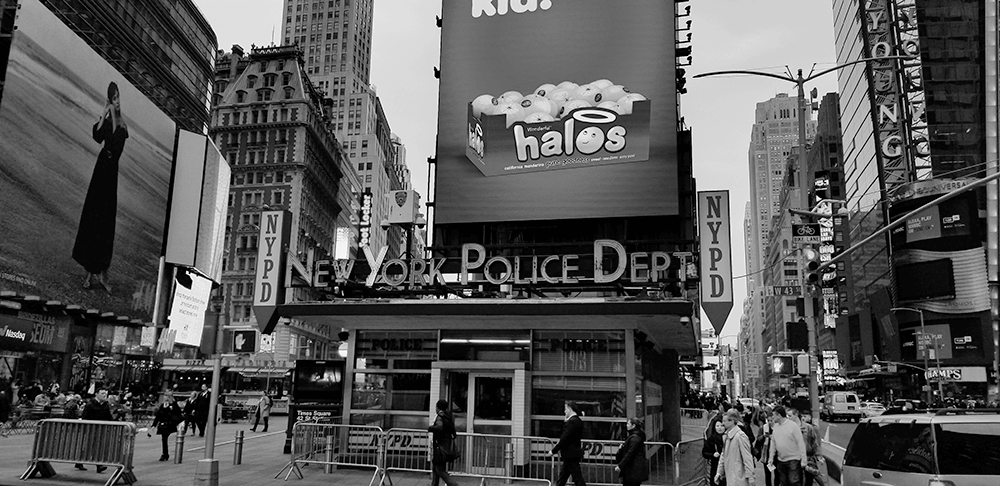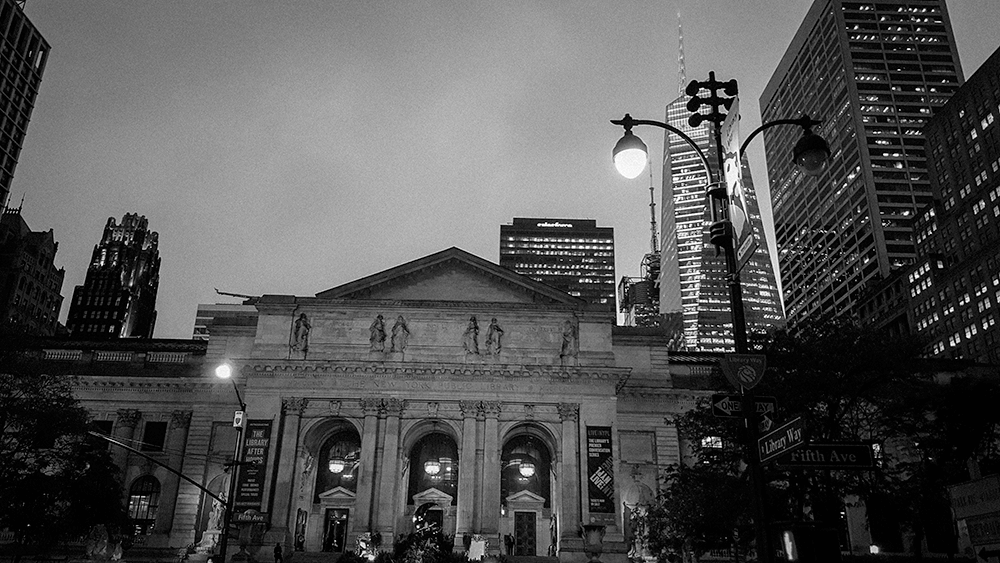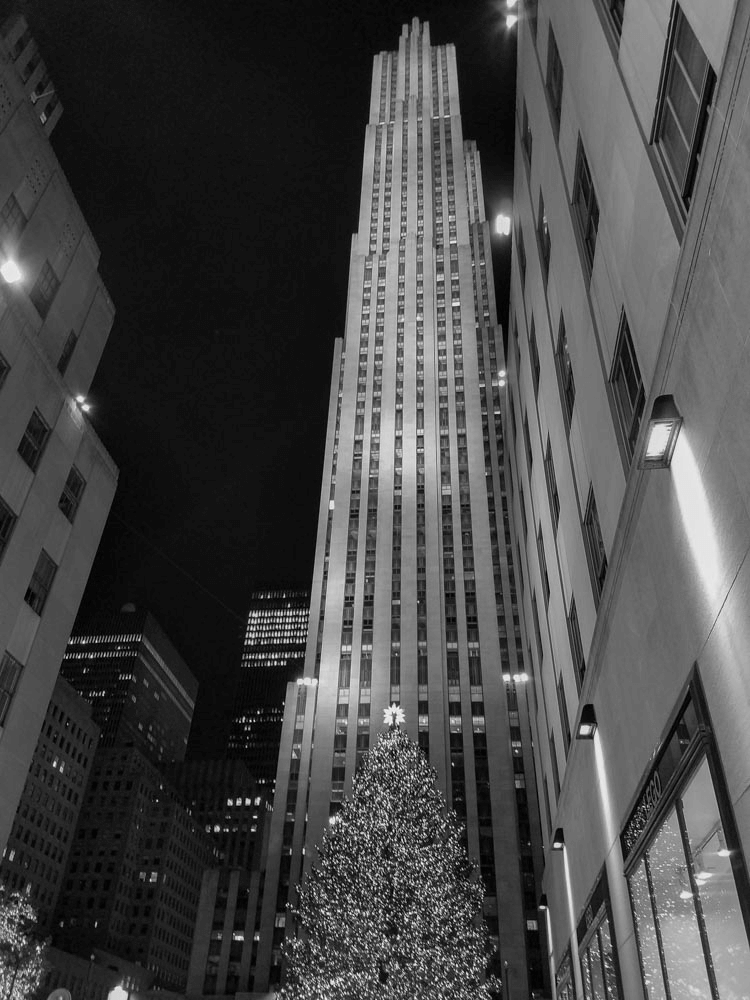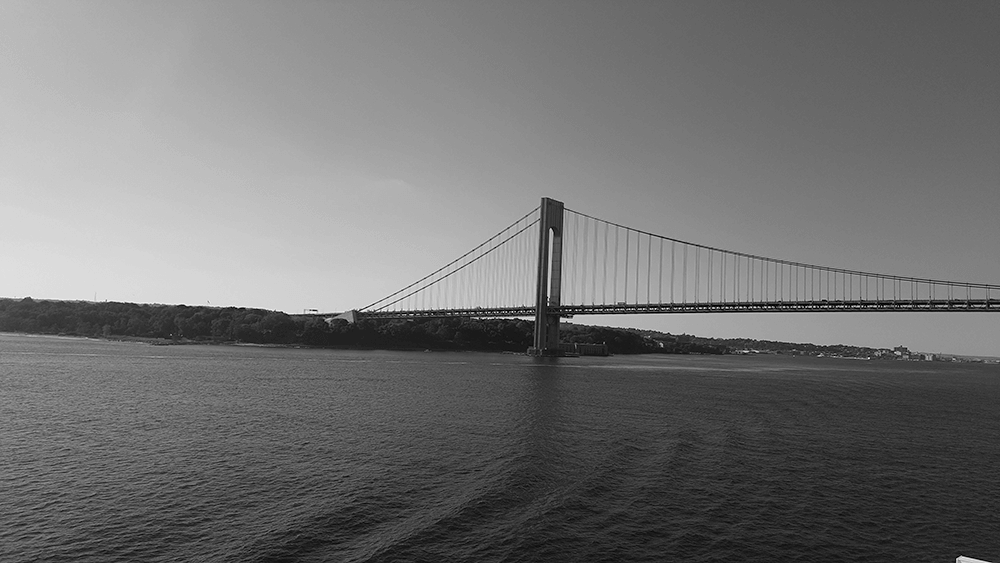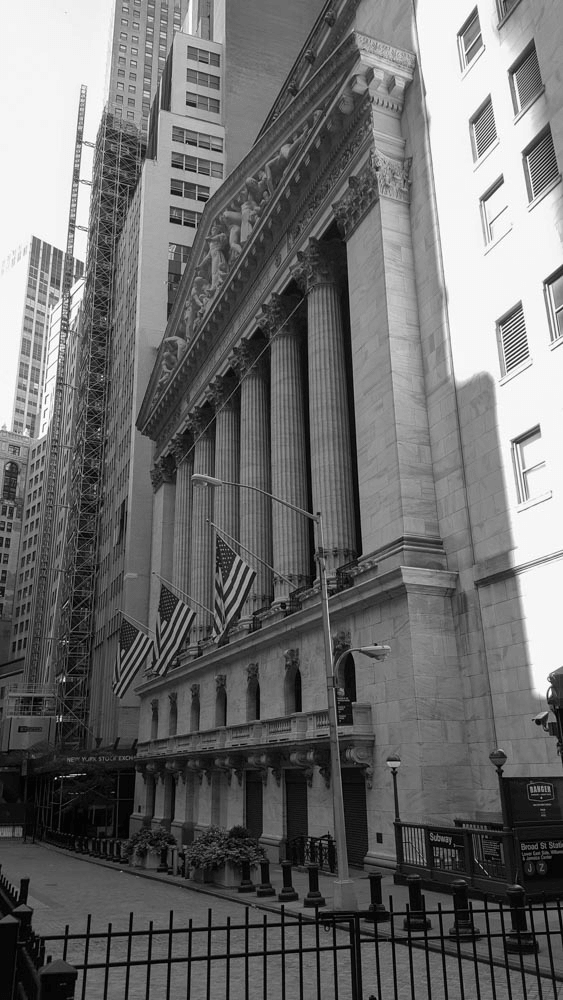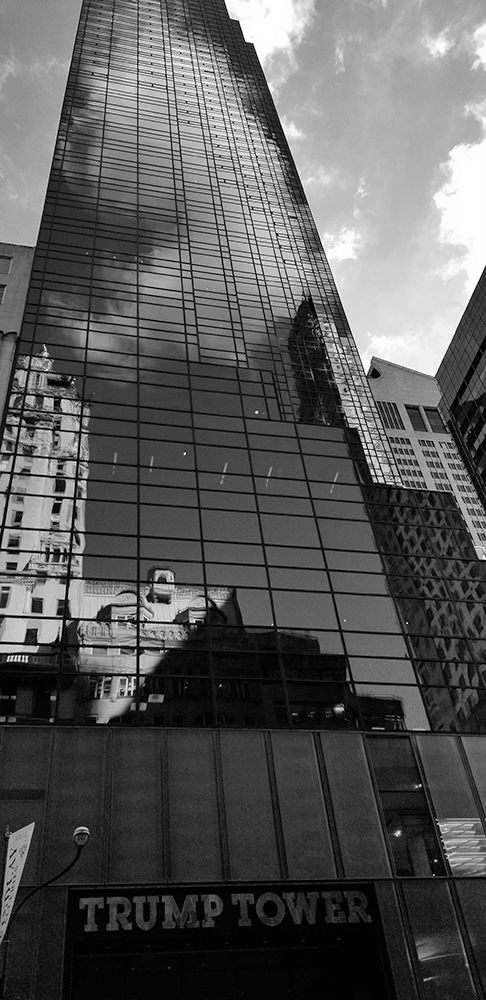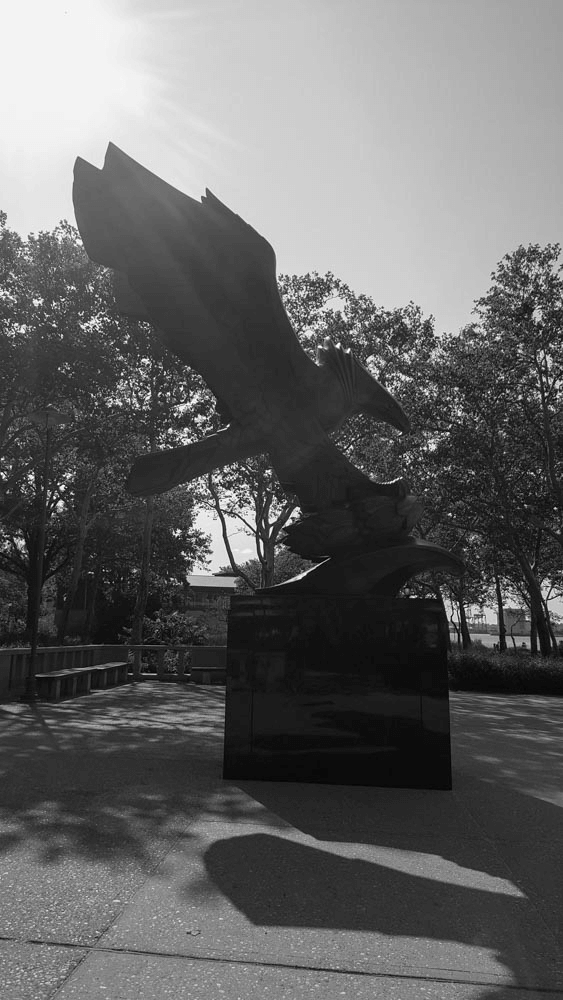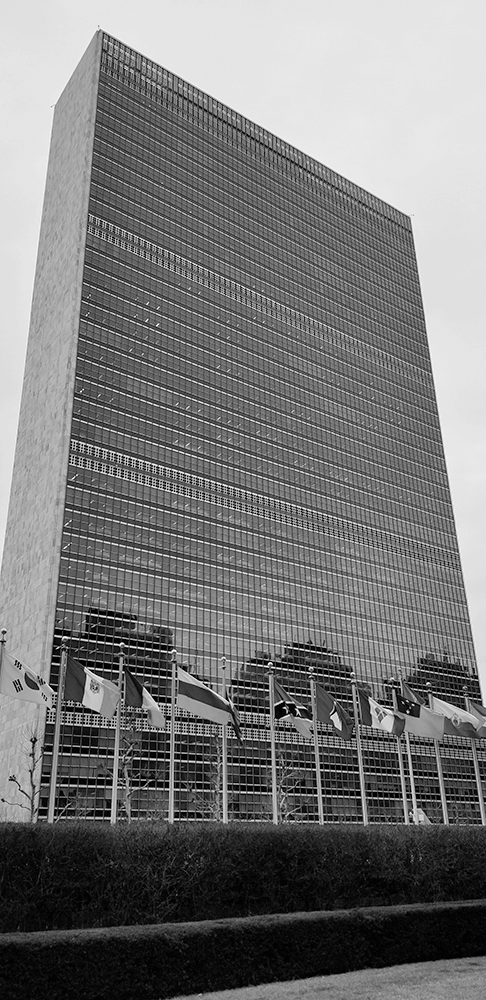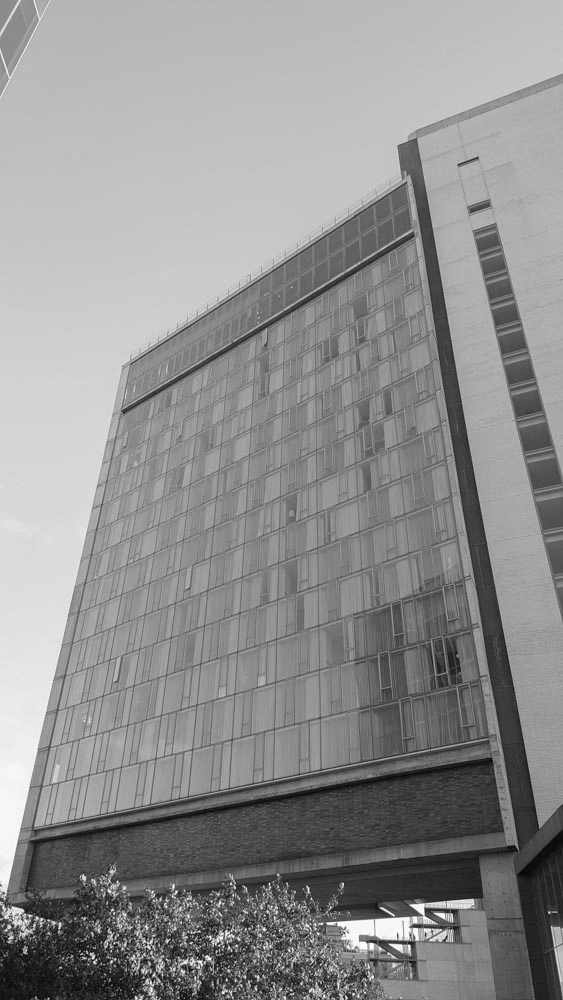Monument
Morningside Heights
General Franz Sigel Monument
General Franz Sigel Monument – Ein Denkmal für einen deutschen Amerikaner in New York City Das General Franz Sigel Monument befindet sich im Riverside Park an der West 106th Street in New York City. Es ist ein bedeutendes Denkmal, das dem Leben und den Leistungen von Franz Sigel, einem deutschen Einwanderer und General während des Amerikanischen Bürgerkriegs, gewidmet ist. Sigel wurde am 18. November 1824 in Deutschland geboren und emigrierte 1852 in die Vereinigten Staaten, wo er bald zu einer prominenten Figur in der Union-Armee wurde. Geschichte und Bedeutung Franz Sigel war ein talentierter Militärführer und spielte eine entscheidende Rolle in mehreren wichtigen Schlachten während des Bürgerkriegs. Er war bekannt für seine strategischen Fähigkeiten und seine Fähigkeit, multikulturelle Truppen zu führen. Sigel diente in verschiedenen Funktionen, unter anderem als Brigadegeneral und Kommandeur von Divisionen, und war für seine Bemühungen bekannt, die Moral seiner Truppen zu stärken. Das Denkmal wurde 1891 eingeweiht und ist ein Symbol für die Anerkennung der Beiträge von Einwanderern zur amerikanischen Geschichte. Es spiegelt auch die enge Verbindung zwischen der deutschen Gemeinde in den USA und der Unionsanstrengung während des Bürgerkriegs wider. Sigel wurde von vielen Deutschen in Amerika als Held betrachtet, und das Denkmal ist ein Ausdruck des Stolzes und der Dankbarkeit für seine Leistungen. Gestaltung des Denkmals Das Monument wurde von dem Bildhauer Karl Gerhardt entworfen und besteht aus Bronze und Granit. Die Statue zeigt General Sigel in voller Uniform, mit einem entschlossenen Ausdruck, der seine Führungsstärke und seinen Mut widerspiegelt. Details und Symbolik: Die Statue ist detailreich gestaltet, mit besonderem Augenmerk auf die Uniform und die militärischen Insignien, die Sigels Rang und Status verdeutlichen. Der Sockel des Denkmals ist mit Inschriften versehen, die seine militärischen Errungenschaften und seinen Einfluss auf die Geschichte der Vereinigten Staaten würdigen. Umgebung: Das Denkmal ist von einer schönen Landschaft umgeben, die den Riverside Park charakterisiert. Die grünen Rasenflächen, schattenspendenden Bäume und der Blick auf den Hudson River bieten einen ruhigen Rahmen, der die Bedeutung des Denkmals unterstreicht. Kulturelle und historische Bedeutung Das General Franz Sigel Monument ist nicht nur ein Denkmal für einen einzelnen Mann, sondern auch ein Symbol für die Rolle der deutschen Einwanderer in der amerikanischen Geschichte. Während des Bürgerkriegs trugen viele deutsche Amerikaner aktiv zur Union bei und kämpften für die Werte von Freiheit und Gleichheit. Sigels Beitrag wird als Teil dieser größeren Erzählung gesehen. Einwanderung und Integration: Das Denkmal erinnert an die Herausforderungen und Erfolge von Einwanderern in den USA, die oft mit Vorurteilen und Diskriminierung konfrontiert waren, aber dennoch bedeutende Beiträge zur Gesellschaft leisteten. Bildungsressource: Das Denkmal dient auch als Bildungsressource für die Öffentlichkeit. Es wird häufig von Schulen und Institutionen besucht, die die Geschichte des Bürgerkriegs und die Rolle von Einwanderern in der amerikanischen Gesellschaft erforschen. Führungen und Programme werden organisiert, um das Bewusstsein für die Geschichte und die kulturelle Vielfalt der USA zu fördern. Veranstaltungen und Aktivitäten Im Riverside Park finden regelmäßig Veranstaltungen und Aktivitäten statt, die das General Franz Sigel Monument einbeziehen. Diese Veranstaltungen sind Gelegenheiten für die Gemeinschaft, sich zusammenzufinden und die Geschichte zu feiern. Gedenkfeiern: Zu besonderen Anlässen, wie dem Memorial Day oder dem Independence Day, finden Gedenkfeiern am Denkmal statt, bei denen die Beiträge von Sigel und anderen Veteranen gewürdigt werden. Kulturelle Festivals: Der Park wird auch für kulturelle Festivals genutzt, die die deutsche Kultur und die Beiträge der deutschen Amerikaner zur amerikanischen Gesellschaft feiern. Diese Veranstaltungen umfassen oft Musik, Tanz und kulinarische Angebote. Das General Franz Sigel Monument ist ein bedeutendes Denkmal in New York City, das die Leistungen eines bemerkenswerten Militärführers und die Beiträge der deutschen Einwanderer zur amerikanischen Geschichte würdigt. Es ist ein Ort der Reflexion und des Gedenkens, der die Besucher dazu einlädt, über die Rolle von Einwanderern in der Entwicklung der USA nachzudenken. Inmitten der lebendigen Atmosphäre des Riverside Parks bietet das Denkmal einen ruhigen Rückzugsort, der sowohl die Geschichte als auch die kulturelle Vielfalt der Stadt feiert.
1 2 NYCGO 3 4
